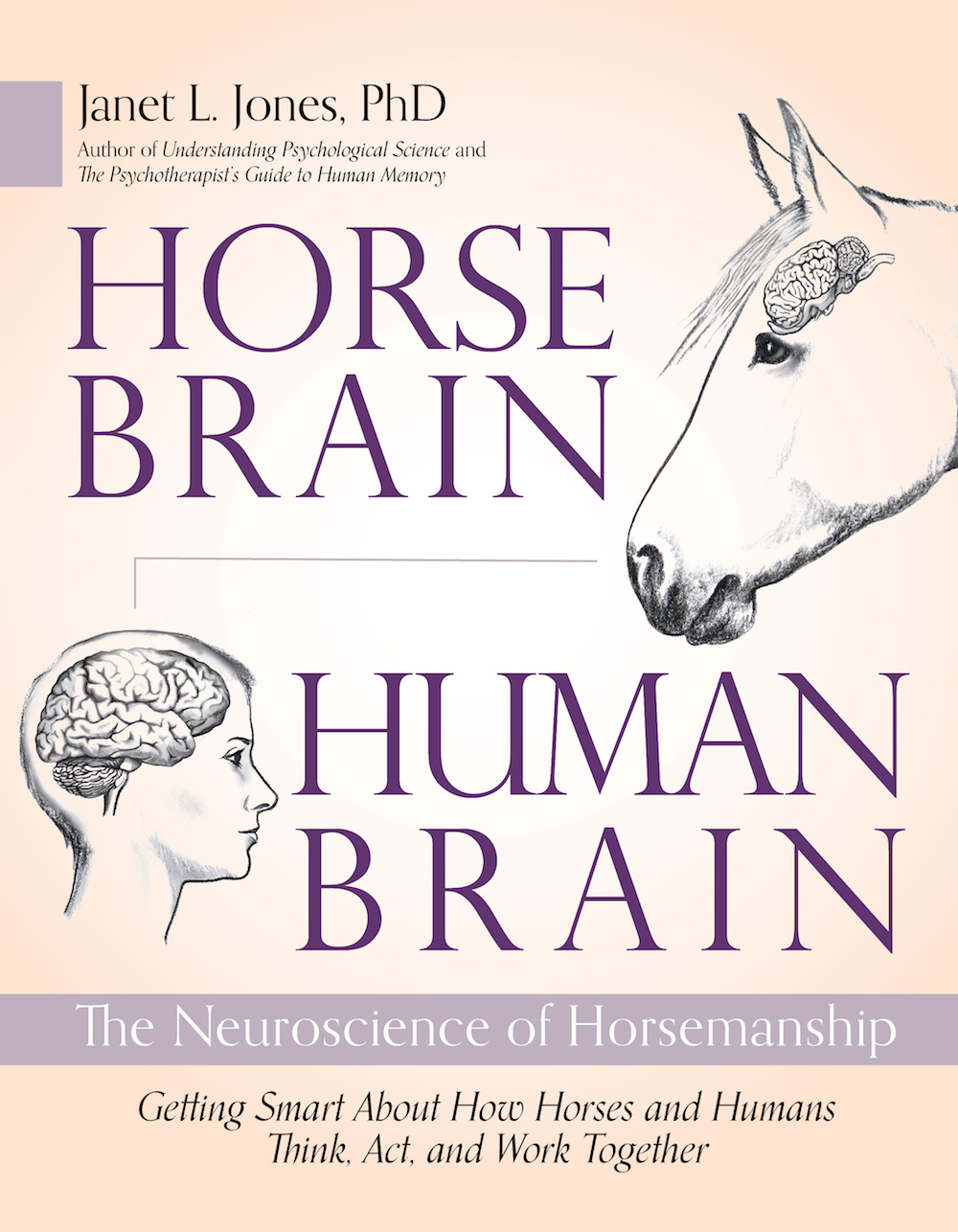True, my new three-year-old Dutch Warmblood, is coming to me more than half the time when I call him from the pasture gate.
I call, and he lifts his head from his grass a few acres away. Up pops that big diamond-shaped star headlight on his bay face. One more call, and he trots a straight line to me.
The other day, he was grazing on the opposite side of a partial cross-fence in the pasture. It was an odd position—he was directly in my line of sight but would have to trot away from me at first to get around the cross-fence.
It seemed like a good cognitive test for a horse who just turned three. Would he try to come straight to me and get blocked at the cross-fence? Or would he come to the cross-fence, then turn away from me and move in the opposite direction until he could get around the final post and head back my way?
He did both. First he was blocked by the cross-fence and stood there looking at me. He even nickered once or twice. I held my ground and called his name again. After perhaps one minute, True moved back and forth a few steps along the cross-fence, eyes on me the whole time. That seemed to start the cognitive engine—he suddenly moved decisively away from me, rounded the end of the cross-fence, and trotted over for his hidden treat. Yay! My baby passed his test!
Although True is doing well at catching, I’d like to say a little more about established evaders because it is such a common and frustrating problem. In fact, the reason I spend so much time teaching young new horses to catch is that established evasion is very difficult to correct. It’s a lot easier to prevent bad habits than to train them away.
The horse brain is set up for fast learning that is more pure—and in some ways more effective—than human learning. Unfortunately, the established evader has learned many undesirable lessons, often with thousands of repetitions over many years:
- Catching leads to work.
- Catching takes me away from food and friends.
- Catching requires me to trust predators.
- People in my past have caused me confusion or pain.
- People are easy to evade; they’re slow.
- Evading a catch means I can play, rest, eat, and hang with my buddies.
That’s a whole lotta negative learning to overcome! If you hope to change the established evader, set yourself up for the best chance of success. If possible, move the horse into a small private area for a few weeks. Set aside lots of time. Minimize distractions like hay, grass, noise, or other horses. Make catching pleasant for the horse.
The techniques in my previous columns “Teaching the Catch,” “The Harder Catch,” and “The ‘Ain’t No Way’ Catch” will help. But here’s the hitch—an established evader is unlikely to approach you for that initial super-surprising food reward. So your biggest job is to get the evader to take that first step. Only then can you begin to link his approach with the release of dopamine in his brain.
Start by taking a camp chair into the horse’s area and leaving the halter behind. Get as close to the horse as you can without causing him to move away. Now sit down where the horse can see you, facing away from him. Get comfy because you might be there for a while. Take a book or some other silent means of occupying yourself. By nature, horses have curious brains. They want to know what you are doing, especially if there is no hay, grass, or buddy to fill their minds at that moment. Be prepared to wait two hours before giving up for the day.
It might take ten seconds or ten weeks for the evader to approach you. But when he does, pull out the very best finger-lickin’ treat a horse could ever want. If he stays near, stroke and praise him; give him another bite of ecstasy. If he moves away after his treat, that’s fine. You’ve started the process and can continue catch training tomorrow.
If he stays close, continue to stroke him then slowly walk away. If he follows, use the edible reward again and more stroking. Do not halter or ride the evader yet. For now, we have to establish firmly in his mind that catching is connected only to pleasant results. Later, you will add greater distances, haltering, and working—one step at a time.
Why do I insist on the horse approaching you, rather than you approaching him? Three reasons:
First, horses are prey animals. Their brains know that being chased is dangerous; approaching is not.
Second, we want the horse’s brain to overlearn catch behavior, not by drilling, but by acquiring the difficult move so that the easier move will come more naturally. A horse who’s taught to come will not always come. But he will almost always allow you to approach and halter him.
Third, equine and human brains function more effectively when motivated more than required. That’s why motivation is one of the keys to brain-based horsemanship. Motivate the horse to produce a behavior because he wants to, not because you demand it.
Brain-Based Horsemanship is a weekly column that chronicles Janet Jones, PhD, and her journey with True, a Dutch Warmblood she trained from age three using neuroscience best practices. Read more about brain-based training in Jones’ award winning book Horse Brain, Human Brain.

This story originally appeared on janet-jones.com and is reprinted here with permission.




 February 1, 2023
February 1, 2023 






















